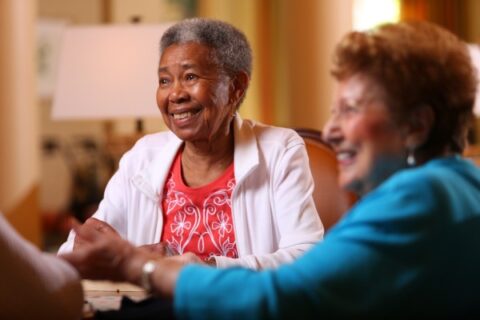Senior Lifestyle Marks 10 Years of Alzheimer’s Association Partnership and Advances in Memory Care
By Senior Lifestyle | June 25, 2025
This June, during Alzheimer’s & Brain Awareness Month, Senior Lifestyle celebrates a decade-long partnership with the Alzheimer’s Association while advancing its commitment to better memory care. Since 2015, Senior Lifestyle communities nationwide have raised over…










